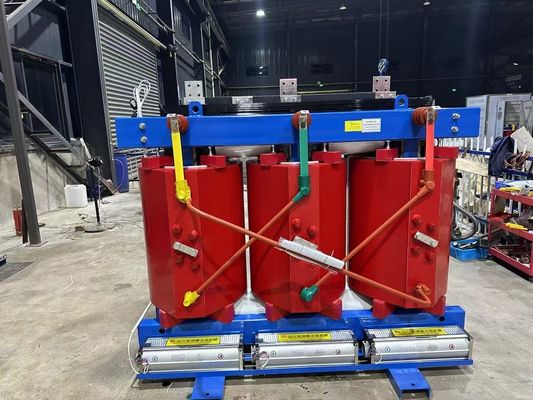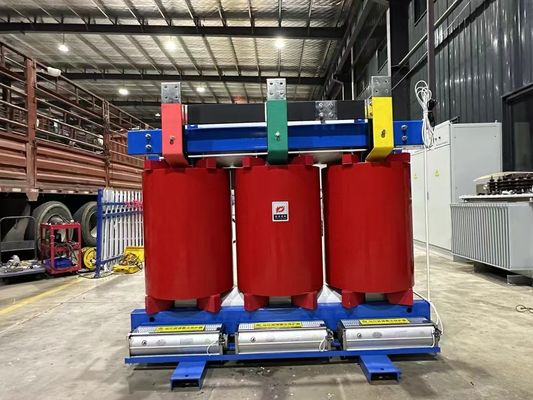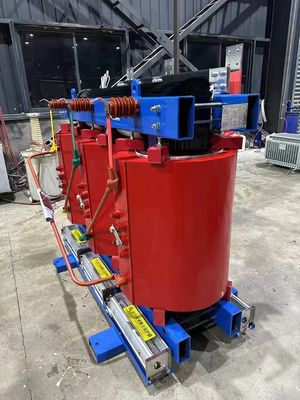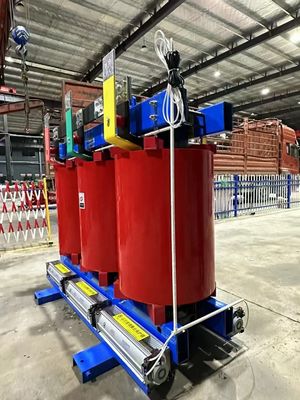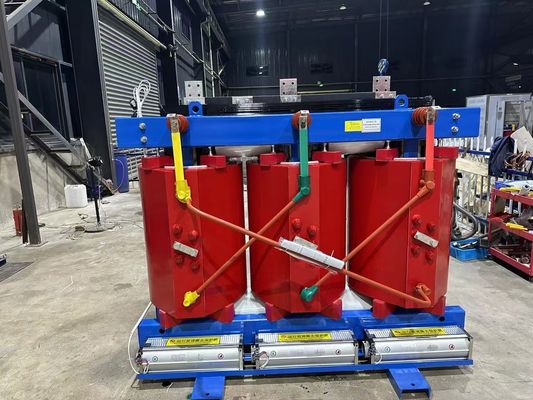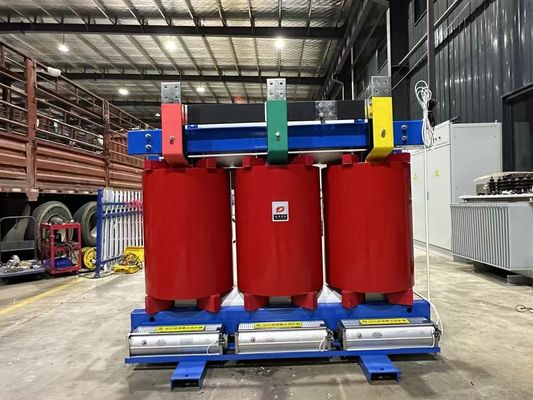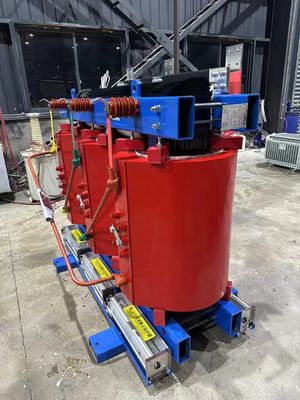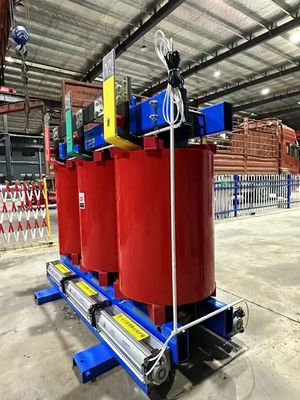-
Epoxy Resin Insulator
-
Medium Voltage Insulators
-
High Voltage Epoxy Resin Insulator
-
Vacuum Circuit Breaker
-
Epoxy Resin Bushing
-
Electrical Switchgear Components
-
Cast Resin Transformer
-
Earthing Switch
-
Copper Electrical Contacts
-
High Voltage Disconnect Switch
-
Zinc Oxide Lightning Arrester
-
Industrial Cable Ties
-
Electrical Conduit Plastic Pipe
-
High Voltage Indicators
-
Moulded Case Circuit Breaker
-
Load Breaker Switch
-
Power Distribution Transformer
-
 StephanQiuPu is a great electric power factory. we satisfy you very much . will cooperate with you again!
StephanQiuPu is a great electric power factory. we satisfy you very much . will cooperate with you again!
11kv Indoor Dry Casting Resin Copper Winding Distribute Electric Power Transformer

Contact me for free samples and coupons.
Whatsapp:0086 18588475571
Wechat: 0086 18588475571
Skype: sales10@aixton.com
If you have any concern, we provide 24-hour online help.
x| Altitude | 1000m | Ambient Temperature | -25℃~+40℃ |
|---|---|---|---|
| Rated Current | 630A/2500A | Relative Temperature | The Daily Average Is Not More Than 95%, And The Monthly Average Is Not More Than 90% |
| Indoor/out Door | Indoor | ||
| Highlight | Copper Winding Distribute Electric Power Transformer,11kv Indoor Dry Casting Resin Transformer,11kv Distribute Electric Power Transformer |
||
The basic working principle of a transformer is to convert AC electrical energy from one voltage level to another of the same frequency using law of electromagnetic induction. When the primary winding is connected to an AC power source, an AC current flows through the winding, creating a magnetic flux in the core is the same frequency as the applied voltage. This alternating flux links both the primary and secondary windings. The induced voltages in the primary and secondary windings be expressed as follows: The turns ratio k: represents the ratio of the number of turns in the primary winding to the number of turns in the secondary winding, is also equal to the ratio of the induced voltage per phase in the primary winding to the induced voltage per phase in the secondary winding. By changing the turns ratio the transformer, the output voltage can be changed. However, it should be noted that the transformer cannot change the frequency of the electrical energy. II. Classification Power Transformers There are many types of transformers, which can be classified according to their purpose, number of phases, structure, voltage regulation method, cooling method,. According to purpose: step-up transformer, step-down transformer; According to the number of phases: single-phase transformer and three-phase transformer; According the number of windings: two-winding transformer, three-winding transformer, and autotransformer; According to core structure: core-type transformer and-type transformer; According to voltage regulation method: no-load (no-excitation) voltage regulation transformer, on-load voltage regulation transformer; According to cooling medium method: oil-immersed transformer and dry-type transformer, etc.; According to capacity size: small transformer, medium transformer, large transformer, and extra-large transformer .
| Item | Technical data | ||||||||||||
| Rated voltage (KV) | 3.6 | 7.2 | 12 | 24 | 40.5 | ||||||||
| Rated frequency(Hz) | 50 | ||||||||||||
| Insulator(capacity) | insulating | Frequency withstand voltage 5 min (KV) | 25 | 32 | 42 | 68 | 100 | ||||||
| Frequency withstand voltage 1 min (V) | 2000 | ||||||||||||
| Lighting impulse withstand voltage (KV) | 40 | 60 | 75 | 125 | 185 | ||||||||
| Local discharge (pc) | ≤10 | ||||||||||||
| Dispute bend (N) | ≥1000 | ||||||||||||
|
|
|||||||||||||
![]()
![]()
![]()
![]()
![]()



